Can Cats Eat Tuna in Water? The Risks and Benefits
- 10 Mar 2025 11:13
Tuna is a popular fish enjoyed by many humans, and it’s no surprise that cats may also love the smell and taste of this fishy treat. But the question remains: Can cats eat tuna in water? While it's generally safe for cats to eat small amounts of tuna, there are a few things to consider when it comes to feeding it to your feline friend, especially tuna in water.
In this article, we’ll explore the potential benefits and risks of feeding tuna in water to your cat, and how to ensure it's a safe and healthy addition to their diet.
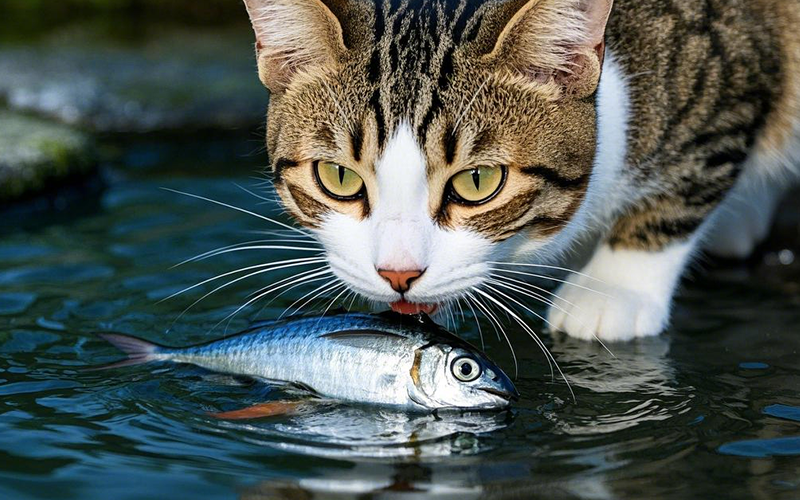
Can Cats Eat Tuna in Water? 🐟
Yes, cats can eat tuna in water in moderation, but there are some important factors to keep in mind. Tuna is rich in protein, omega-3 fatty acids, and other nutrients, which can be beneficial to your cat. However, it is important to feed tuna as an occasional treat rather than a regular part of their diet. Tuna should not replace a well-balanced cat food because it lacks the essential nutrients your cat needs for optimal health.
The Benefits of Tuna for Cats 🐱
Tuna can offer a variety of health benefits when fed in moderation. Here are some reasons why your cat might enjoy and benefit from tuna in water:
1. High in Protein 🍗
Tuna is an excellent source of high-quality protein, which is essential for cats’ growth, energy, and muscle development. Cats, as obligate carnivores, need protein to thrive, and tuna is a good option to provide them with this vital nutrient.
2. Rich in Omega-3 Fatty Acids 🧴
Tuna is also a great source of omega-3 fatty acids, which are beneficial for your cat’s coat and skin. These fatty acids help maintain a shiny, soft coat and can promote overall skin health. Omega-3s also support joint health, brain function, and cardiovascular health.
3. Hydration 💧
Since tuna in water is packed with moisture, it can help keep your cat hydrated. If your cat doesn't drink enough water, adding moist foods like tuna can encourage them to drink more fluids, especially if they’re fussy about drinking from their water bowl.
4. Appealing Taste 😻
Most cats find tuna irresistible! If your cat is a picky eater, adding a small amount of tuna to their meal could encourage them to eat and enjoy their food. Tuna can serve as a tasty topper or treat for your cat, adding variety to their diet.
The Risks of Feeding Tuna to Cats ⚠️
While tuna in water can be a healthy and delicious treat for your cat, there are some potential risks you should be aware of:
1. Mercury Contamination 🐟⚠️
One of the biggest concerns about feeding tuna to your cat is the potential for mercury contamination. Tuna, especially larger species like albacore tuna, can accumulate high levels of mercury, which is toxic to cats (and humans). Over time, excessive mercury intake can lead to mercury poisoning, which can cause symptoms such as vomiting, loss of coordination, and kidney damage. To minimize this risk, it’s best to limit your cat’s tuna intake and avoid feeding them tuna every day.
2. Nutritional Imbalance ⚖️
While tuna is high in protein, it lacks important nutrients that your cat needs, such as taurine (an essential amino acid for cats) and vitamins like vitamin E. If you feed tuna too often, your cat’s diet could become nutritionally imbalanced, which may lead to deficiencies. It’s important to remember that tuna in water should only be an occasional treat and not a staple of your cat’s regular diet.
3. Addiction to Tuna 🐱🍣
Cats are notorious for developing strong preferences for certain flavors. If you feed your cat tuna too often, they might become addicted to the taste of tuna and refuse to eat their regular cat food. This could make it challenging to maintain a balanced diet for your cat, as they may start rejecting other important foods.
4. Sodium Content 🧂
Some cans of tuna in water may contain added salt (sodium) as a preservative, which is not ideal for cats. High salt intake can contribute to dehydration and high blood pressure, especially if your cat has a pre-existing condition. Always check the ingredient list to make sure the tuna you’re feeding your cat is free of excess sodium.
5. Allergies and Sensitivities 🌾
Some cats may have allergies or sensitivities to fish, including tuna. If you notice your cat experiencing symptoms like itchy skin, vomiting, or diarrhea after eating tuna, discontinue feeding it to them and consult your vet.
How to Safely Feed Tuna to Cats 🍽️
If you want to offer your cat tuna as a treat, follow these tips to ensure it’s safe and beneficial:
1. Choose Tuna in Water, Not Oil 💦
Always choose tuna packed in water rather than tuna packed in oil. The oil can add unnecessary fats and calories to your cat's diet, which can lead to weight gain and digestive issues. Tuna in water is the best option to keep things healthier for your feline friend.
2. Limit Frequency and Portion Size 🍽️
Tuna should be fed occasionally and in small portions. A teaspoon or two once or twice a week is sufficient. Remember, it should never replace your cat’s regular meals or become a regular part of their diet.
3. Serve It Plain 🍴
Avoid feeding your cat seasoned tuna or tuna that has been mixed with additives, sauces, or spices. Salt, garlic, and onion (common in canned tuna) can be harmful to cats, so always serve tuna plain with no additional seasonings.
4. Monitor for Reactions 👀
After feeding your cat tuna for the first time, keep an eye out for any signs of allergic reactions or gastrointestinal upset. If you notice any symptoms such as vomiting, diarrhea, or lethargy, stop feeding tuna and consult your vet.
How PettureX Can Help With Your Cat’s Diet 🐾💡
If you're ever uncertain about what foods are best for your cat or need help navigating dietary decisions, PettureX is here to help. PettureX is an AI-powered pet health assistant that offers 24/7 support, providing advice and recommendations on pet nutrition and health. With PettureX, you can ensure that your cat is getting the right foods for their specific needs.
Conclusion 🎉
So, can cats eat tuna in water? Yes, they can, but only in moderation and as an occasional treat. Tuna in water provides protein and omega-3 fatty acids, which are beneficial for your cat's health, but it also comes with some risks, such as mercury contamination and potential nutritional imbalances.
When feeding your cat tuna, always serve it plain, in small portions, and make sure it’s packed in water rather than oil. Avoid giving tuna every day and ensure your cat’s diet remains balanced with their regular cat food.
If you’re ever unsure about your cat’s diet or health, PettureX is a great tool to provide you with personalized advice and guidance for your furry friend.
Related
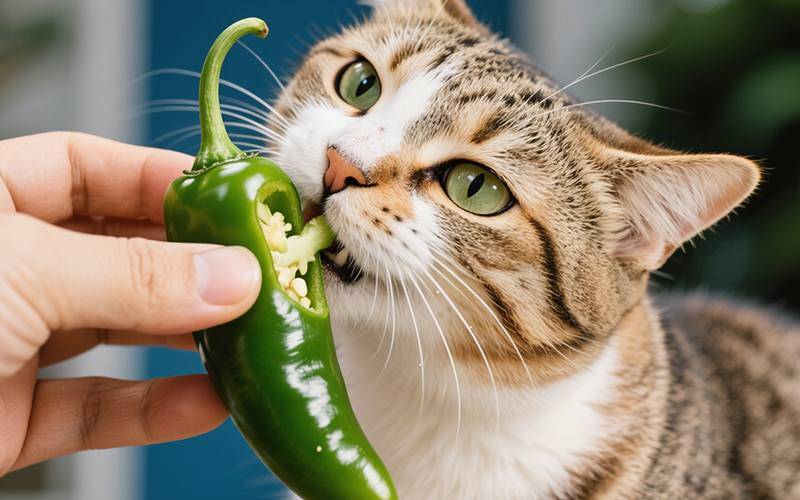
The Burning Question: Can Cats Eat Jalapenos? A Comprehensive Safety Guide
- 21 Apr 2025
Cool Temptation: Can Cats Eat Ice Cream Safely? The Vet-Backed Truth
- 21 Apr 2025
Frankly Dangerous: Can Cats Eat Hot Dogs? Vet Explains the Serious Risks
- 16 Apr 2025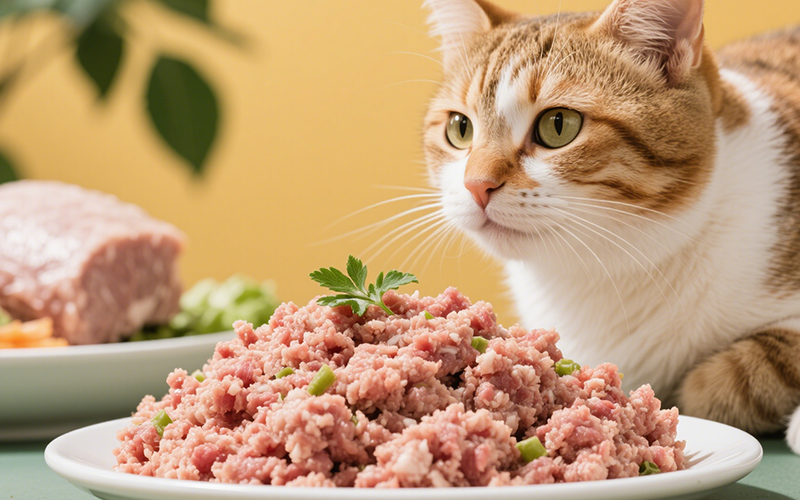
A Purrfect Protein? Can Cats Eat Ground Turkey Safely? (Vet-Reviewed Guide)
- 16 Apr 2025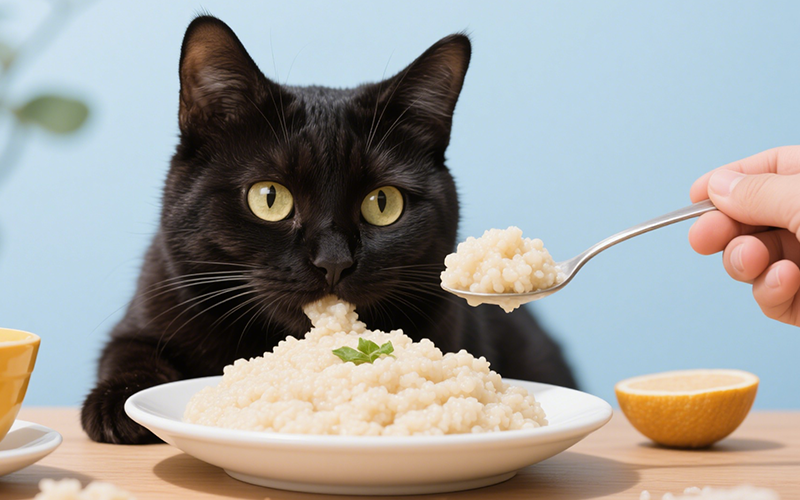
Gritty Situation: Can Cats Eat Grits Safely? Vet Explains the Risks
- 16 Apr 2025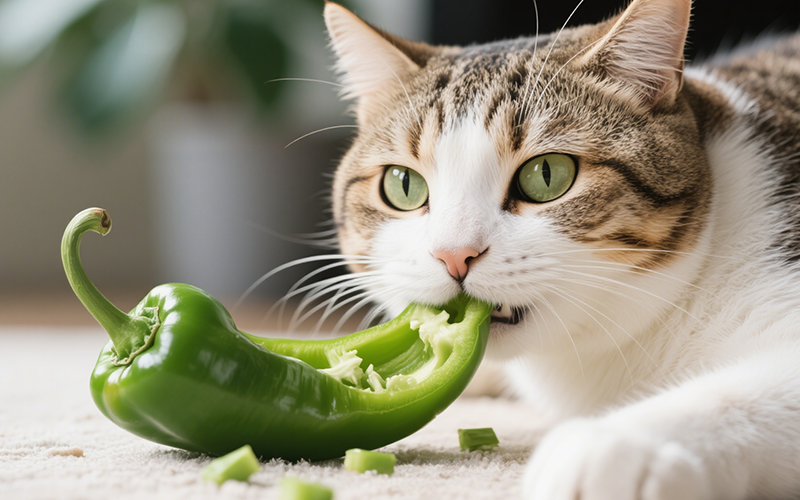
Crunchy Query: Can Cats Eat Green Peppers? A Vet-Reviewed Safety Analysis
- 16 Apr 2025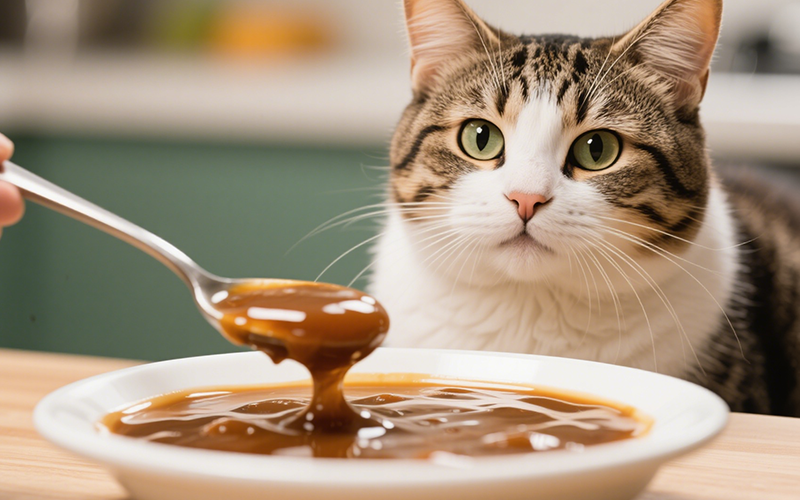
Gravy Danger Zone: Can Cats Eat Gravy Safely? (Vet-Reviewed Warning)
- 16 Apr 2025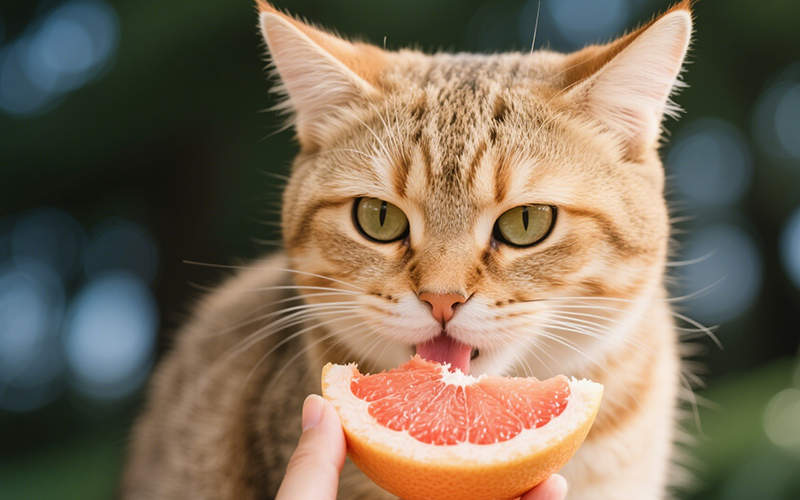
Toxic Temptation: Can Cats Eat Grapefruit? Vet Explains the Dangers
- 16 Apr 2025
Emergency Meal or Major Mistake? Can Cats Eat Dog Food For A Couple Days? (Vet Guide)
- 16 Apr 2025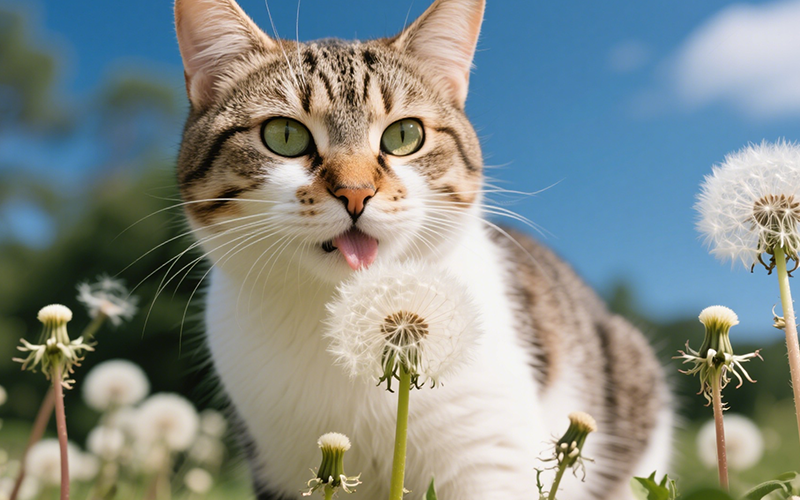
Dandelions & Felines: Can Cats Eat These Common Weeds Safely? Vet Explains
- 16 Apr 2025
